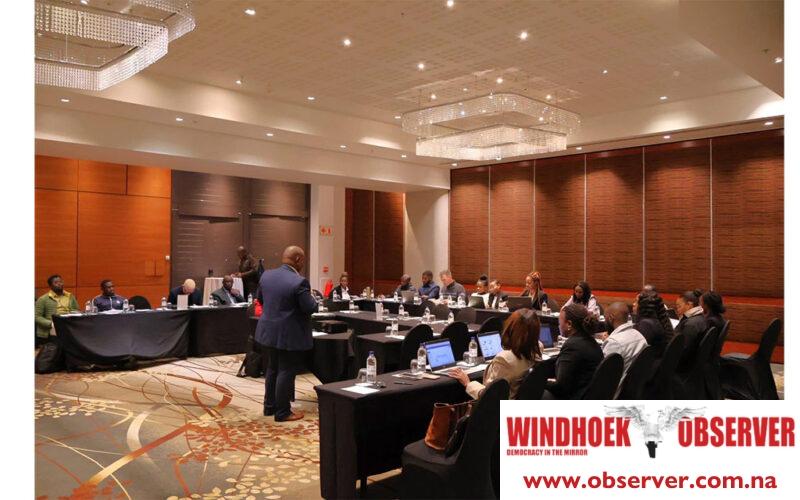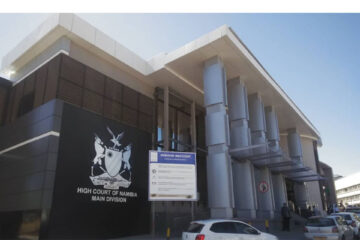Justicia Shipena
Technical experts and policymakers met in Windhoek this week to explore ways to work together to improve Namibia’s biosafety management system.
The meeting marked the start of a national training workshop on Namibia’s biosafety, institutional, and administrative systems during the week at the Hilton Hotel, organised by the National Commission on Research, Science, and Technology (NCRST).
The event was part of the regional Strengthening the Implementation of National Biosafety Frameworks in Southern Africa (SINBF) Project, delivered in partnership with the Global Environment Facility (GEF) and RAEIN-Africa.
The SINBF project, funded by UNEP and GEF, aims to strengthen biosafety capacities in Namibia, the Democratic Republic of Congo (DRC), and Madagascar.
The project focuses on building national biosafety frameworks, strengthening regional cooperation, and ensuring the safe use and cross-border movement of Living Modified Organisms (LMOs).
Martha Kandawa-Schulz, chairperson of the Biosafety Council, opened the workshop.
She presented on the Cartagena Protocol on Biosafety and the Nagoya–Kuala Lumpur Supplementary Protocol.
She explained how these agreements guide countries in assessing risks and managing liability related to genetically modified organisms (GMOs).
“These instruments play a critical role in aligning Namibia’s biosafety legislation with global standards,” she said.
The workshop focused on Namibia’s biosafety laws and how different regulatory and technical bodies can improve coordination.
Officials gave an overview of how the country reviews, approves, and monitors GMO activities under the Biosafety Act of 2006.
Presenters outlined requirements for GMO field trials, planting, and research in controlled settings.
They also explained inspection processes for GMO facilities and field sites, along with how Namibia uses the Biosafety Clearing-House to report and share regulatory information.
Sessions included a breakdown of how GMO applications are received and processed.
Officials highlighted the steps involved, timelines, and how different agencies work together.
The workshop set the tone for improved collaboration between science and policy and laid the groundwork for stronger oversight and better coordination in the country’s biosafety system.




